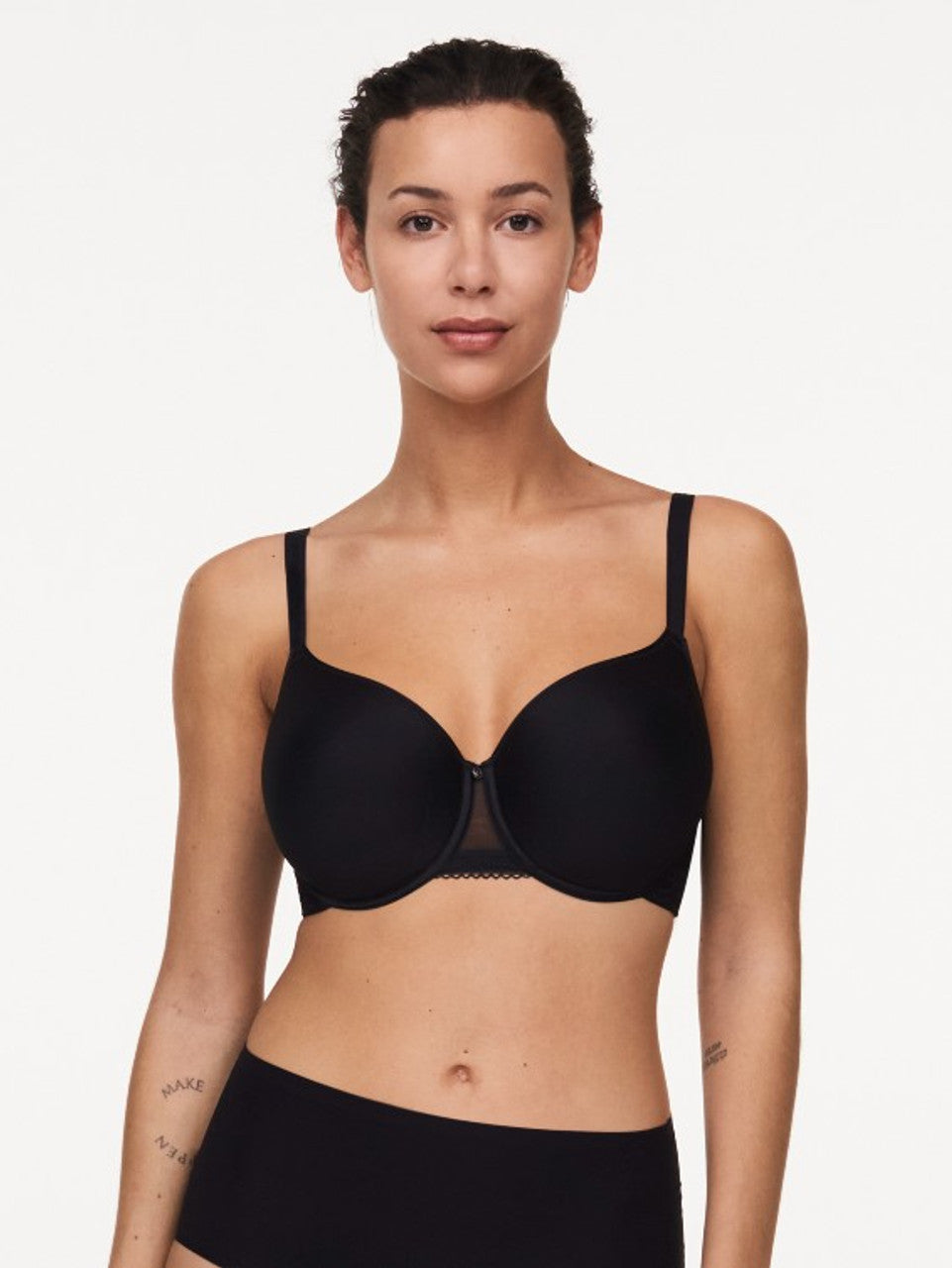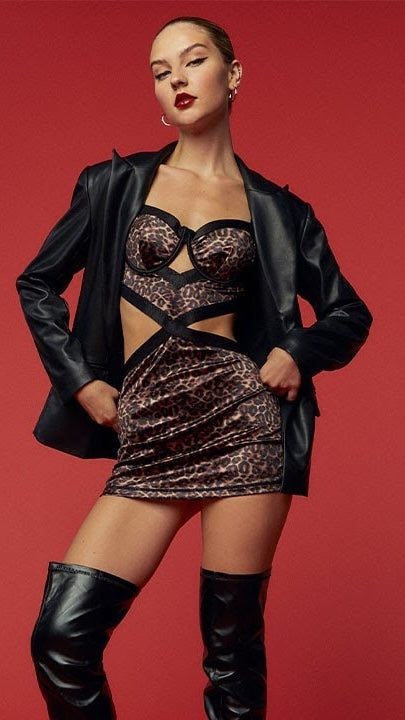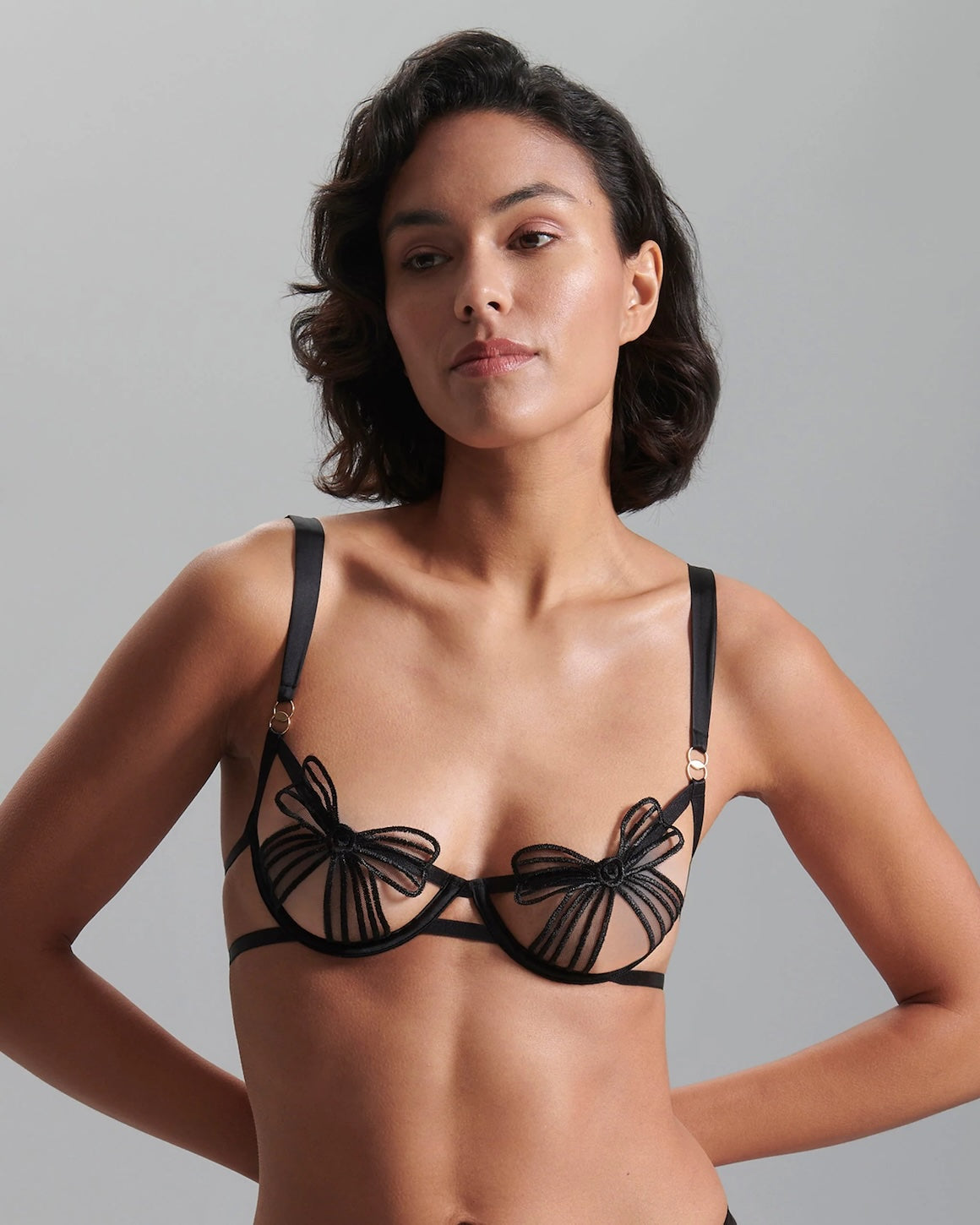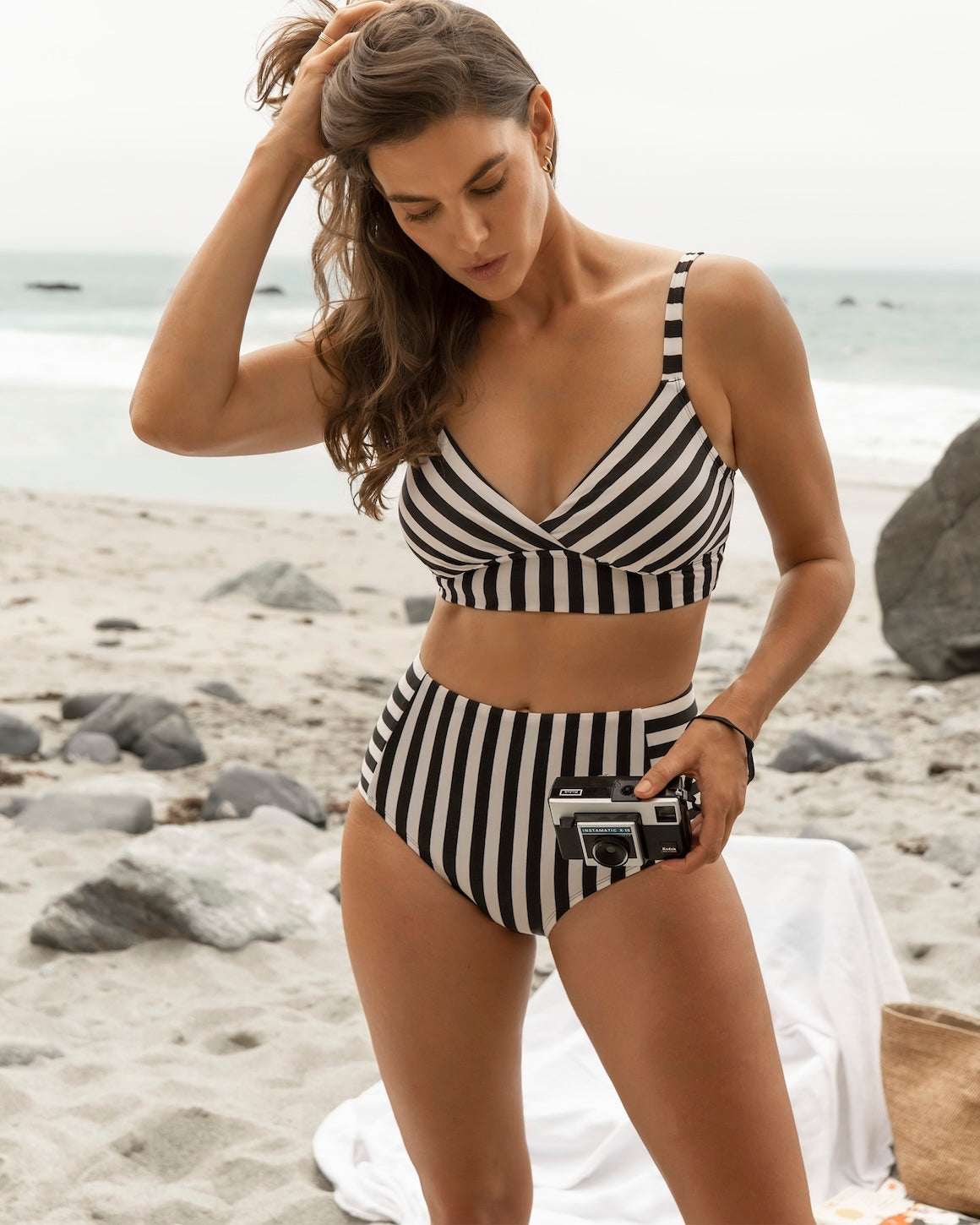Understanding the Bra Size Chart with Pictures

Understanding Bra Sizes Chart with Pictures: A Visual Guide to the Perfect Fit
Choosing the right bra size is both a science and an art, and nothing simplifies the process more effectively than a clear bra size chart pictures. While numbers and letters can seem confusing at first, visual aids bring clarity, especially when you’re navigating band to cup ratios, sister sizing, and international size differences.
Bra size charts are especially helpful because sizing standards can vary significantly between countries. These charts help users navigate how measurements and fit can vary from one country to another, making it easier to find the right fit regardless of where you are.
This expert guide breaks down how bra size chart pictures can help you make informed decisions about fit, support, and style whether you’re shopping online or preparing for a professional fitting.
Why Bra Size Chart Pictures Matter
Many women wear the wrong bra size simply because they lack the proper tools or references to guide them. A bra size chart picture visually shows how measurements translate to cup sizes, how different brands may label sizes, and what a properly fitted bra should look like. Discover how visual guides can help you find your perfect bra size.
Visual charts serve several purposes:
-
Clarify fit expectations
-
Show proportional changes across cup and band sizes
-
Highlight sister size relationships (e.g., 34DD and 36D)
-
Compare international sizing systems (US, UK, EU)
-
Help you find your perfect fit by visually comparing different sizes and styles
When words aren’t enough, a picture based size chart makes bra sizing more intuitive, especially for first-time buyers or those experiencing body changes.
Components of a Bra Size Chart Picture
A high quality bra size chart image typically includes:
Many bra size charts are also accompanied by a bra size calculator or online calculator, which helps users determine their size quickly and accurately.
1. Measurement Instructions
Follow these easy steps for accurate bra measurement:
Step 1: Using a soft measuring tape, wrap it snugly around your ribcage and torso, just under the bust, while keeping your arms relaxed at your sides. For best results, take measurements while wearing a lightly lined bra.
Next, measure your bust size by wrapping the tape around the fullest part of your chest, again with your arms relaxed at your sides.
Note: Measurements can be taken in cm or inches. Wrapping the tape around your ribcage and torso is essential for accuracy.
2. Cup Size Calculation
Step 2: Calculating Band and Cup Size
A graphic showing how to subtract the band measurement from the bust measurement to determine cup size (e.g., a 5-inch difference = DD cup in US sizing).
Before calculating, make sure to round your band and bust measurements to the nearest whole number. This helps ensure you get the most accurate fit. Subtract your band size from your bust measurement; the result determines the letter of your cup size.
Step 3: Find Your Cup Letter
Use the difference you calculated to find the correct cup letter on a bra size chart. Each letter represents a different cup volume, and it follows the band size in bra sizing.
A common mistake is not rounding to the nearest number or misreading the cup letter, which can lead to choosing the wrong band and cup size and result in poor fit or discomfort.
3. Size Matrix
|
Band Size |
A |
B |
C |
D |
DD/E |
DDD/F |
G |
H |
|---|---|---|---|---|---|---|---|---|
|
32 |
✔ |
✔ |
✔ |
✔ |
✔ |
✔ |
|
|
|
34 |
✔ |
✔ |
✔ |
✔ |
✔ |
✔ |
✔ |
✔ |
Often, these charts are color coded or include illustrations of real or mannequin models to represent each size.
If the band feels too big, it may ride up your back or feel loose, which can cause issues with support and comfort.
Tip: You should be able to fit two fingers comfortably under the band, but not more. Using your fingers to check the band fit is a quick way to assess if the size is correct.
4. International Conversion
Images showing size equivalents across regions (e.g., UK 34F = US 34G = EU 75G) help eliminate confusion when shopping international brands.
How to Use a Bra Size Chart Picture Effectively
-
Start With Accurate Measurements
Use a flexible tape measure while standing upright, with the tape parallel to the floor. Measure snugly under the bust for the band and more loosely around the fullest part for the bust while wearing your current bra. -
Refer to Visual Examples
Use chart pictures that include illustrations or photos of how different sizes look when worn. This helps you better understand fit expectations and common fit issues like gaping, spillage, band riding up, or when straps dig into your shoulder. Fitted bras help prevent these problems by providing proper support and comfort. If you notice that your straps dig into your shoulder, it may be a sign that the band is too loose or the fit is incorrect. -
Understand Sister Sizes
A good bra size chart will show how you can go up in band and down in cup (or vice versa) without compromising fit for example, 36D = 34DD = 38C. -
Use Brand-Specific Charts When Possible
Every brand fits slightly differently. Rely on the manufacturer’s own chart to ensure the best fit, especially for specialty sizes.
Common Fitting Issues Illustrated
Even with the help of a bra size chart and careful measuring, it’s easy to encounter common fitting issues that can stand between you and the perfect bra. Recognizing these signs is the first step toward finding your perfect bra fit and enjoying all day comfort and support.
1. Band Riding Up If your bra band creeps up your back, it’s a sign the band size is too loose. The band should sit level and snug around your rib cage, providing most of the bra’s support. A loose band can lead to poor support and discomfort. Try going down a band size for a more secure fit.
2. Straps Digging In or Slipping Off Straps that dig into your shoulders or constantly slip off are a sign that the band isn’t doing its job, or the straps are adjusted incorrectly. Remember, the band not the straps should provide the majority of support. Adjust your straps so they’re snug but not tight, and check that your band size is correct.
3. Cup Spillage or Gaping If your breasts spill over the top or sides of the cups, the cup size is too small. On the other hand, if there’s gaping or wrinkling in the cups, the cup size may be too large. The perfect bra fit means the cups should fully contain your breasts without overflow or empty space.
4. Center Gore Not Laying Flat The center panel (gore) between the cups should rest flat against your chest. If it floats away from your body, your cup size may be too small or the style may not suit your shape. A flat gore is a sign of a well fitted bra that offers proper support.
5. Underwire Discomfort Underwires should sit comfortably around your breast tissue, not poke or dig in. If you feel discomfort, the cup size or shape may be off. The right fit will have the underwire encasing your breasts without pressing into your skin.
6. Lack of Support or Shape If your bra doesn’t lift or shape your bust, it may be time to try a different size or style. A perfect bra should enhance your natural shape and provide the support you need for all day comfort.
By paying attention to these common fitting issues and making small adjustments, you can move closer to finding your perfect bra fit. Don’t hesitate to try different sizes, styles, or consult a professional fitter your comfort and support are worth it!
Where to Find Reliable Bra Size Chart Pictures
If you're searching for a detailed, professional bra size chart with pictures, here are trusted sources:
-
Brand Websites: Companies like Panache, Elomi, and Chantelle provide excellent charts with visuals.
-
Lingerie Boutiques: Stores like Olivia Paisley Intimates offer size guides that reflect the brands they carry.
-
Educational Lingerie Blogs and Retailers: Retailers who focus on full-bust and plus-size markets often publish size chart infographics to aid customers.
Final Thoughts
A well designed bra size chart picture is more than just a shopping aid, it's a tool of empowerment. By making sizing more accessible and understandable, these charts help women of all shapes and sizes find bras that support, flatter, and feel great.
Whether you're updating your wardrobe, buying your first bra, or exploring new styles, always start with a size chart and when in doubt, don't hesitate to seek a professional bra fitting or contact experts at a boutique like Olivia Paisley Intimates for personalized advice.


